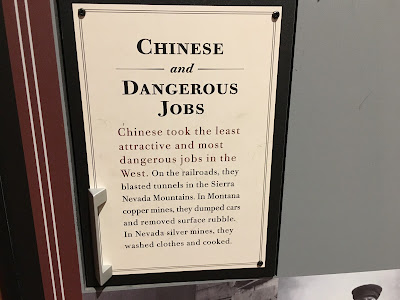 |
| Willie's Tug at Kake, Alaska, on our way back to her home in Seattle. We went to Sitka, Alaska. |
But the sadness is replaced with happy thoughts of future travel in our motor home, Sweet Caroline.
(And my fun post of where we are at the end of the day will be "Find Sweet Caroline," instead of "Find Willie's Tug.")
Here are photos made as we traveled home to Texas from the PNW at the end of the summer four years ago, in 2014. Our golden retriever, Jake, fondly called 'The Doctor,' guards our site in an RV park.
We have enjoyed keeping up with friends and seeing all the photos, but we will be just a phone call away, an eMail away, and a text away.
We hope to see and hear from family and friends.
Willie of Willie's Tug,
and of Walldog, Willie and Jake
Friday, December 21, 2018






















